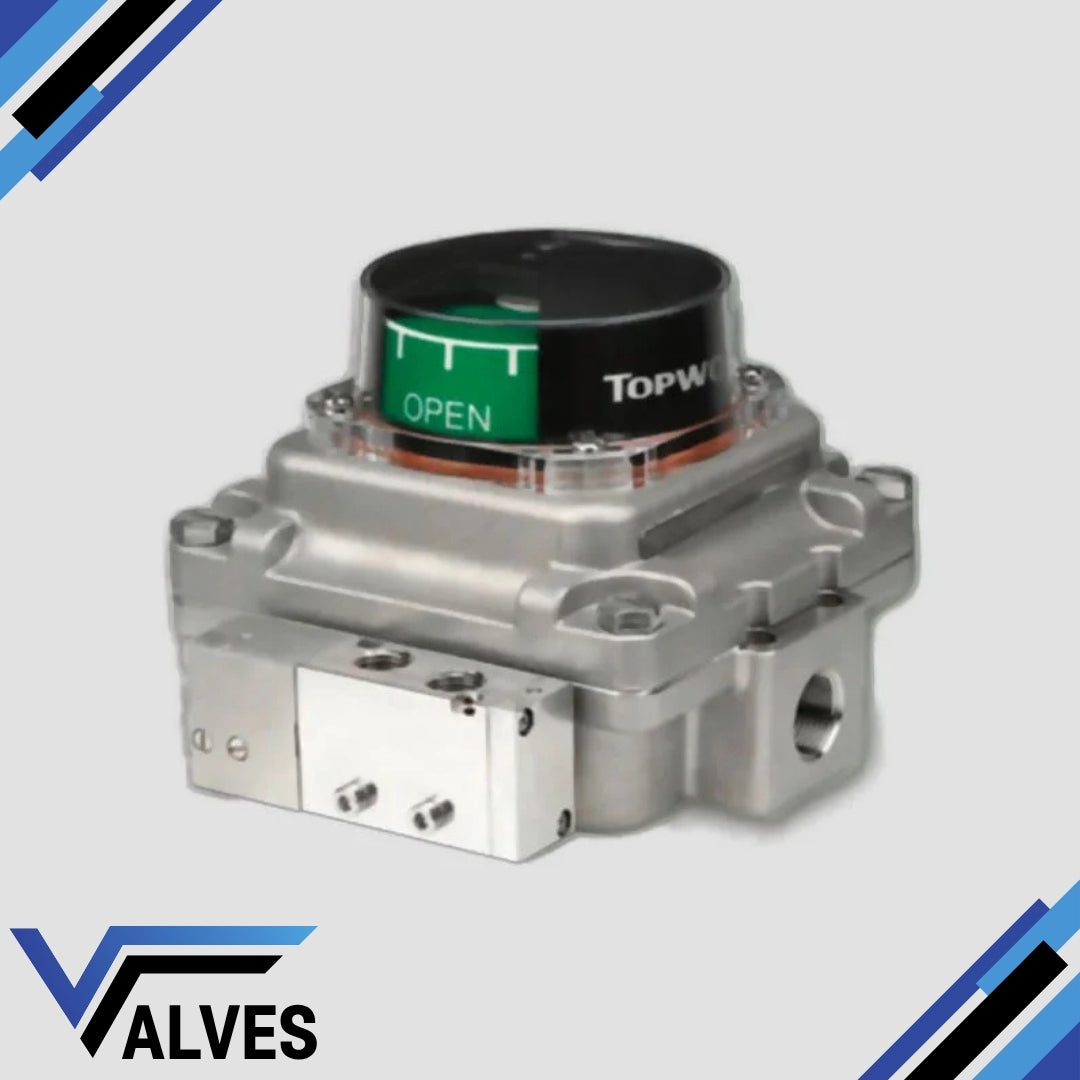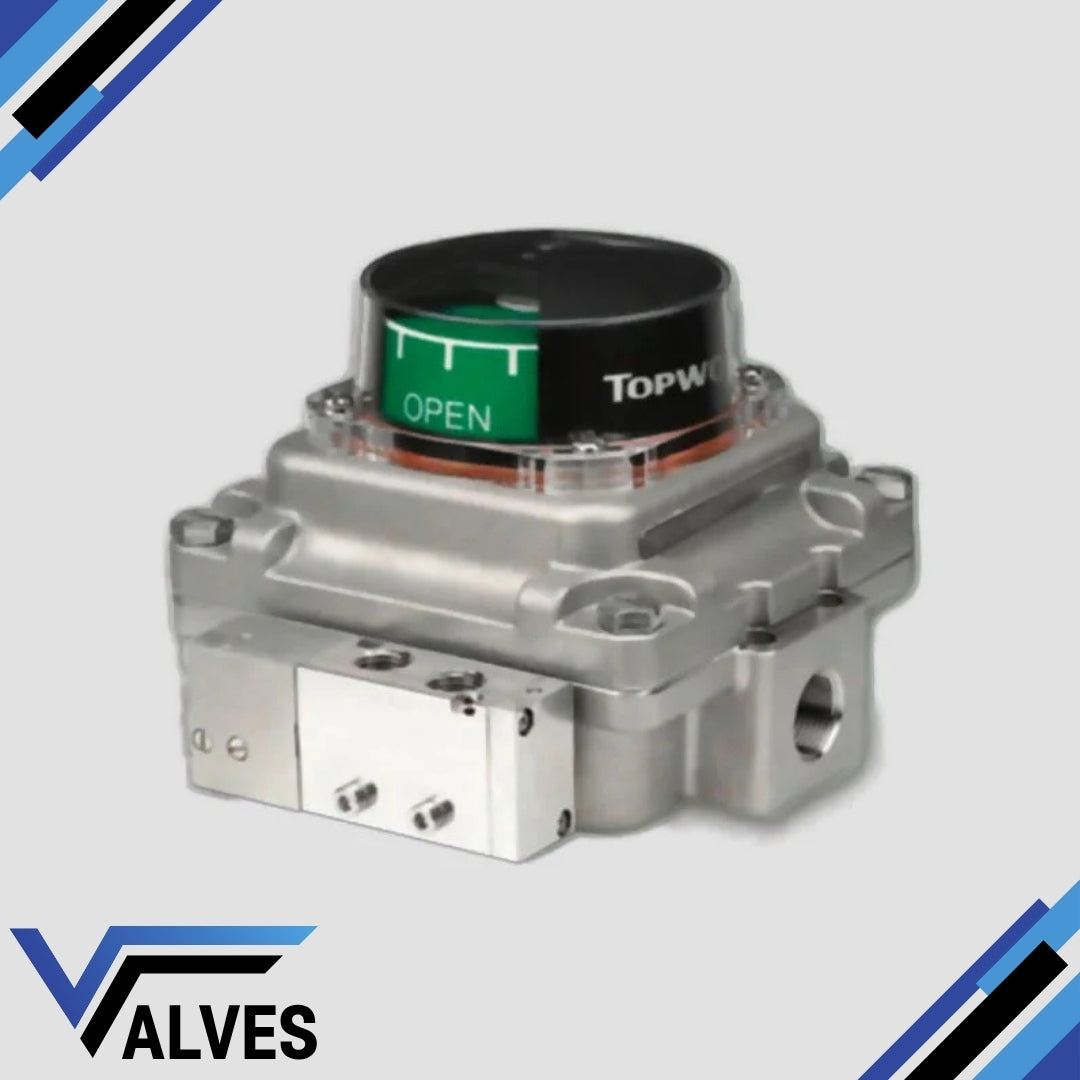Topworx Switchboxes
TopWorx Limit Switch Box TXS-0X0GLMM Valve Monitor
TopWorx Limit Switch Box TXS-0X0GLMM Valve Monitor
Couldn't load pickup availability
The TopWorx TXS-0X0GLMM Valve Monitor is a robust and versatile limit switch box, designed for monitoring and controlling valve position in industrial applications. It integrates seamlessly with a variety of position sensors and is suitable for use in hazardous environments, offering both explosion-proof and intrinsically safe options.
Key Features
- Compact, direct-mount enclosure
- Available with a range of position sensors
- ATEX, IECEx, and UL certified for hazardous areas
- Integral solenoid valves for more control options
- High visibility visual indicators
Additional Information
The TXS-0X0GLMM model is tailored to handle extreme conditions and ensure reliable performance in tough environments. It combines rugged design with easy installation and maintenance, making it ideal for industries like oil and gas, refining, and chemicals. The explosion-proof certification and weatherproof housing further enhance the durability of this product, ensuring long-lasting operation even in the harshest environments.
Share

FAQ's
What is the difference between a valve and an actuator?
What types of actuators are available?
The main types of actuators are:
Pneumatic actuators – use compressed air for fast, reliable operation.
Electric actuators – use electrical power for precise control.
Hydraulic actuators – use fluid pressure for high-torque applications.
Each type offers unique advantages depending on the environment, media, and system control needs.
How do I choose the right actuator for my valve?
To select the correct actuator, consider:
Valve type and torque requirement
Power source available (air, electric, or hydraulic)
Operating environment (temperature, humidity, hazardous area)
Control signal type (on/off or modulating)
Matching actuator torque and compatibility with the valve’s ISO mounting ensures reliable performance.
What are the main types of valves used in automation?
The most common valves in automated systems include:
Ball valves – for tight shutoff and quick operation.
Butterfly valves – for larger flow control with compact design.
Globe valves – for precise throttling and flow regulation.
Check valves – to prevent backflow.
Gate valves – for full bore flow isolation.
What’s the difference between a double-acting and spring-return actuator?
Double-acting actuators use air (or power) to both open and close the valve.
Spring-return actuators use air to open (or close) the valve, and a built-in spring to automatically return it to a safe position when power or air is lost — ideal for fail-safe operation.
How often should valves and actuators be serviced?
Regular maintenance intervals depend on operating conditions, but a good rule of thumb is to inspect every 6–12 months.
This includes checking for leaks, lubrication, seal wear, and actuator responsiveness to prevent unexpected downtime.

